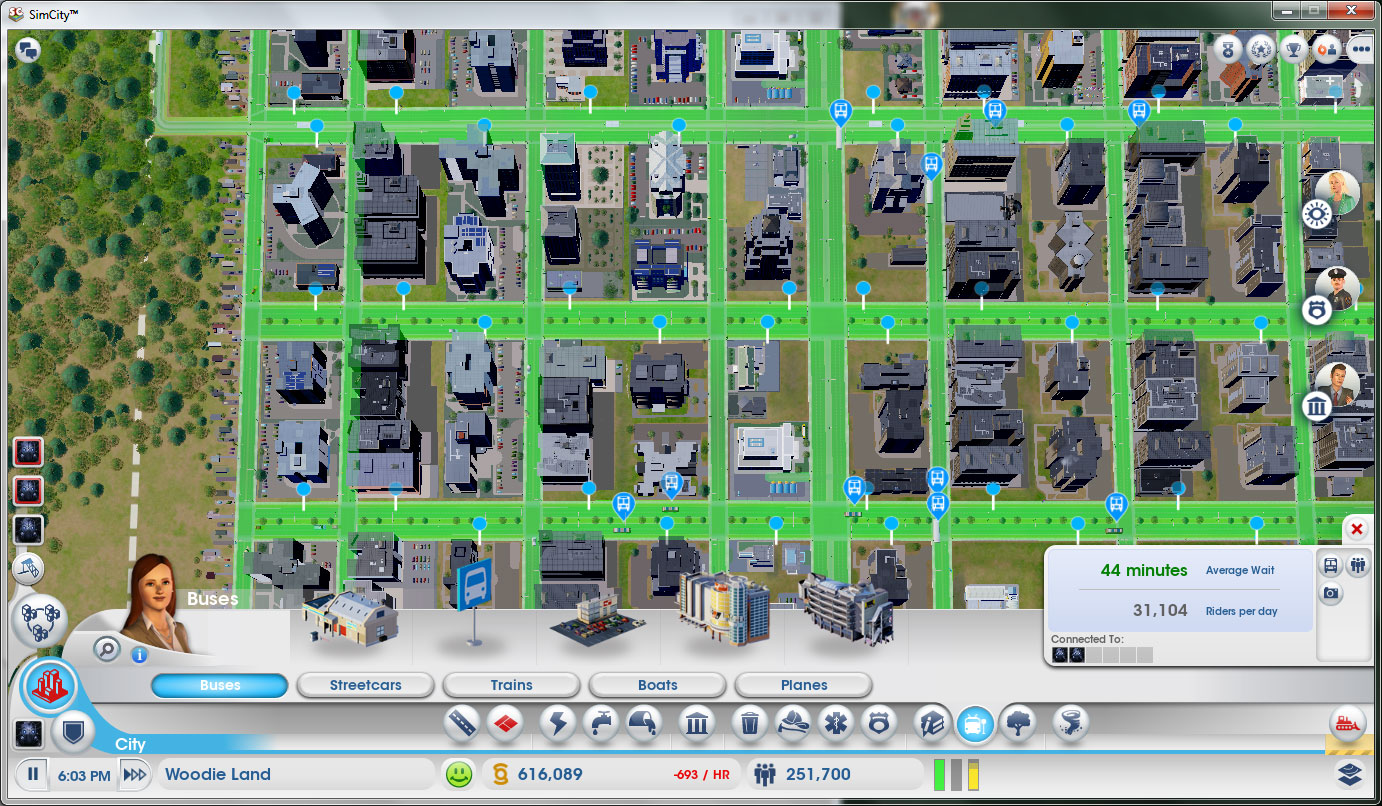

There was a time when even the thought of using a laptop to play games was scoffed at by die hard gamers. Some of the reasons that were pointed out were, how could all that power be fitted into one small machine? And even if that were possible, there were many other problems that had to be dealt with? Years later, the gaming notebook is a thriving industry and is so successful that even the large grey box companies such as, HP are taking notice of the gaming laptop.
So, does the desktop equivalent of the PC really live up to all of the hype that has been created around it? Let’s find out.
GPU
First off, the GPU, the truth is that as powerful as the GPUs of the gaming laptops get, they can never be as fast as their counterparts used in a PC. This is just simple physics, which states that larger components will always be more powerful. That being said, the GPUs of gaming laptops are catching up fast with every passing generation of gaming laptops. This can be seen in the current top 5 gaming laptops, which really pack a punch.
Another downside of a gaming laptop is that you do not have the option of swapping a card with a beefier version. For instance, while using a gaming PC, if you want to replace the current version of your gaming card with a newer, more faster one, it’s really easy. All you have to do is take out the old one and pop the new one in. The same cannot be said when it comes to gaming laptops.
CPU
Second comes the CPU. While just about all high-end gaming laptops come with quad-core i7 CPUs, their power doesn’t even come close to their desktop counterparts. Comparing the power of a desktop quad-core to a mobile quad-core means talking about a difference of at least 40% to 50%, and that’s not even counting the six and eight core CPU desktops. Although, there are some beast gaming laptops out there, but the reality is that not being able to water-cool a laptop is one of the reasons why gaming laptop CPUs aren’t great as compared to PC CPUs even in the top 5 gaming laptops.
RAM
While you can’t exactly call a gaming laptop modular, at least you can swap out the RAM if you need to. Apart from that, some of the high-end gaming laptops can even let you stretch the limit to 32GB, which is more than what you would need while playing any video game. But, since gaming laptops are getting increasingly thin, it’s also making it more difficult to access the RAM slots.
Sound
After the GPU, CPU and RAM come sound. You don’t want to play a video game with a crappy sound card or sound system. Initially, laptop speakers were really weak, but nowadays, high-end gaming laptops have quite a bit of fire power when it comes to sound. And there are even those that offer a 2.1 setup along with a bass speaker for a little something extra for the audiophiles. While this would seem that the laptops have an advantage, the bad news is that sound goes both ways, which means that even if the high end laptops, such as, the Asus ROG G751 can run near silent, adding a AVADirect Clevo W230ST will make it purr.
Hard Disk
The 2.5-inch laptop drives have traditionally been smaller than the 3.5-inch HDDs. That being said, nowadays, laptops are able to provide a decent amount of storage capacity at a reasonable cost. Users also have the option of plugging in their SATA cable to expand their storage to as high as 4TB.
Bottom Line
While desktop PCs might have both the power and modularity, it cannot beat the portability of a laptop. Furthermore, with the issues, of size, weight and power being ironed out slowly, the gaming laptop is beginning to become a better option when it comes to gaming.




 Far Cry 4 Karma Guide : How To Increase Karma
Far Cry 4 Karma Guide : How To Increase Karma Destiny: The Taken King – how to beat the Echo Chamber Strike
Destiny: The Taken King – how to beat the Echo Chamber Strike Super Mario 3D Land Infinite Lives
Super Mario 3D Land Infinite Lives Buses and Streetcars in SimCity 5
Buses and Streetcars in SimCity 5 Prey Tweak Guide
Prey Tweak Guide